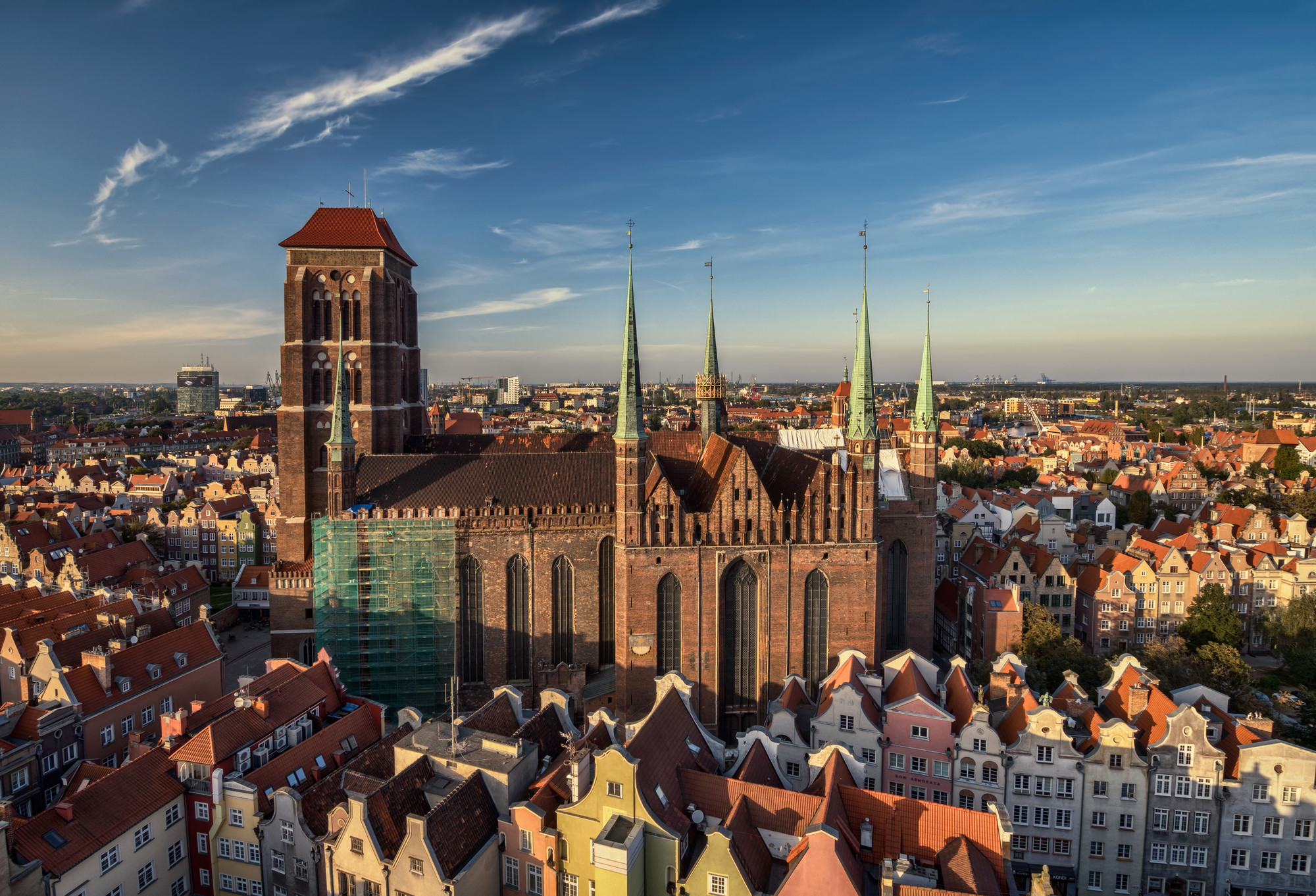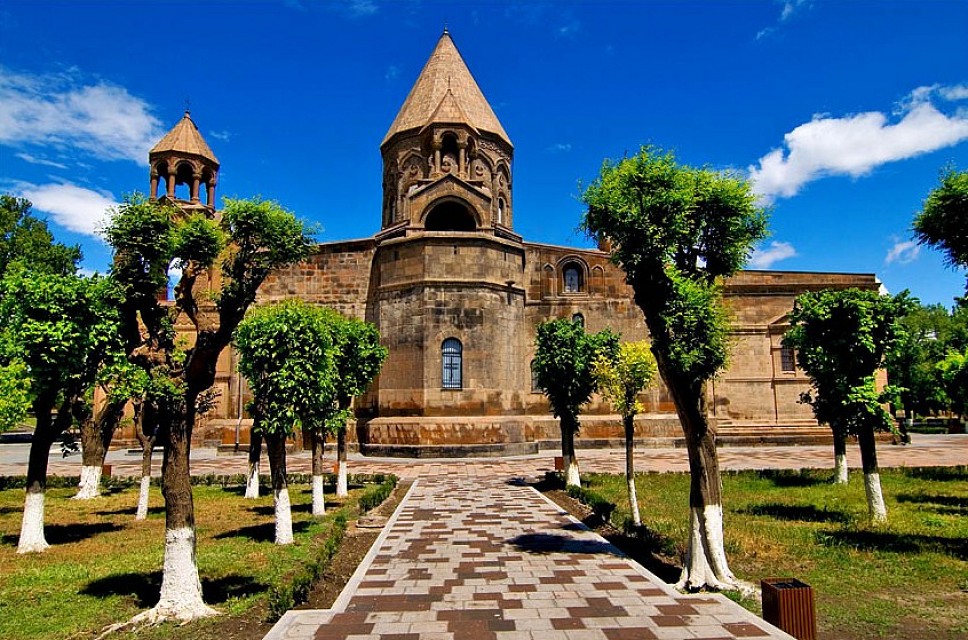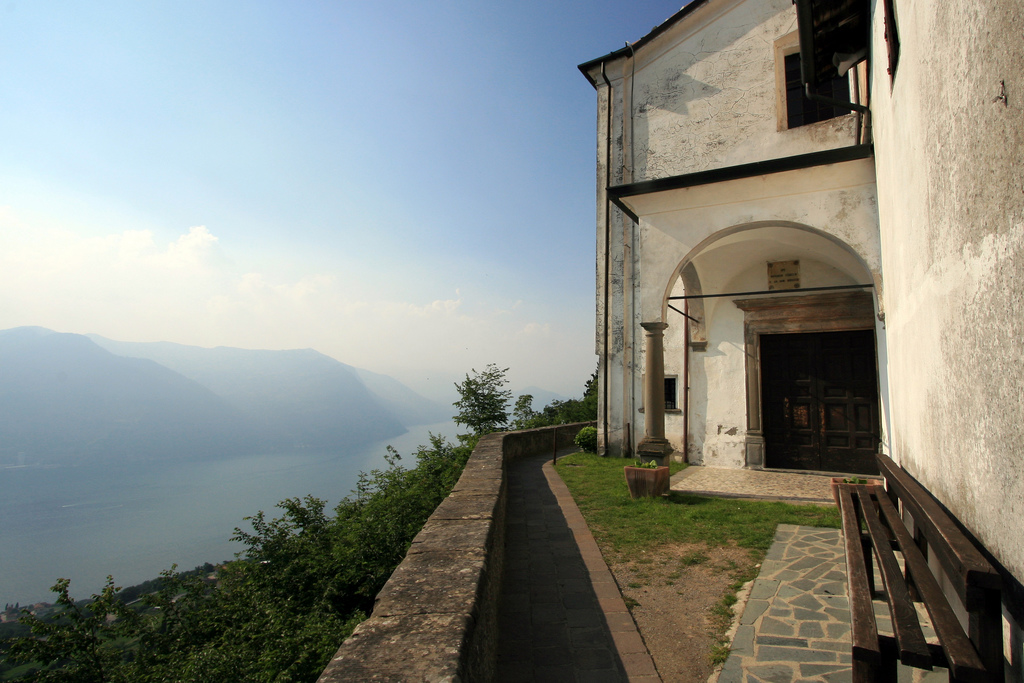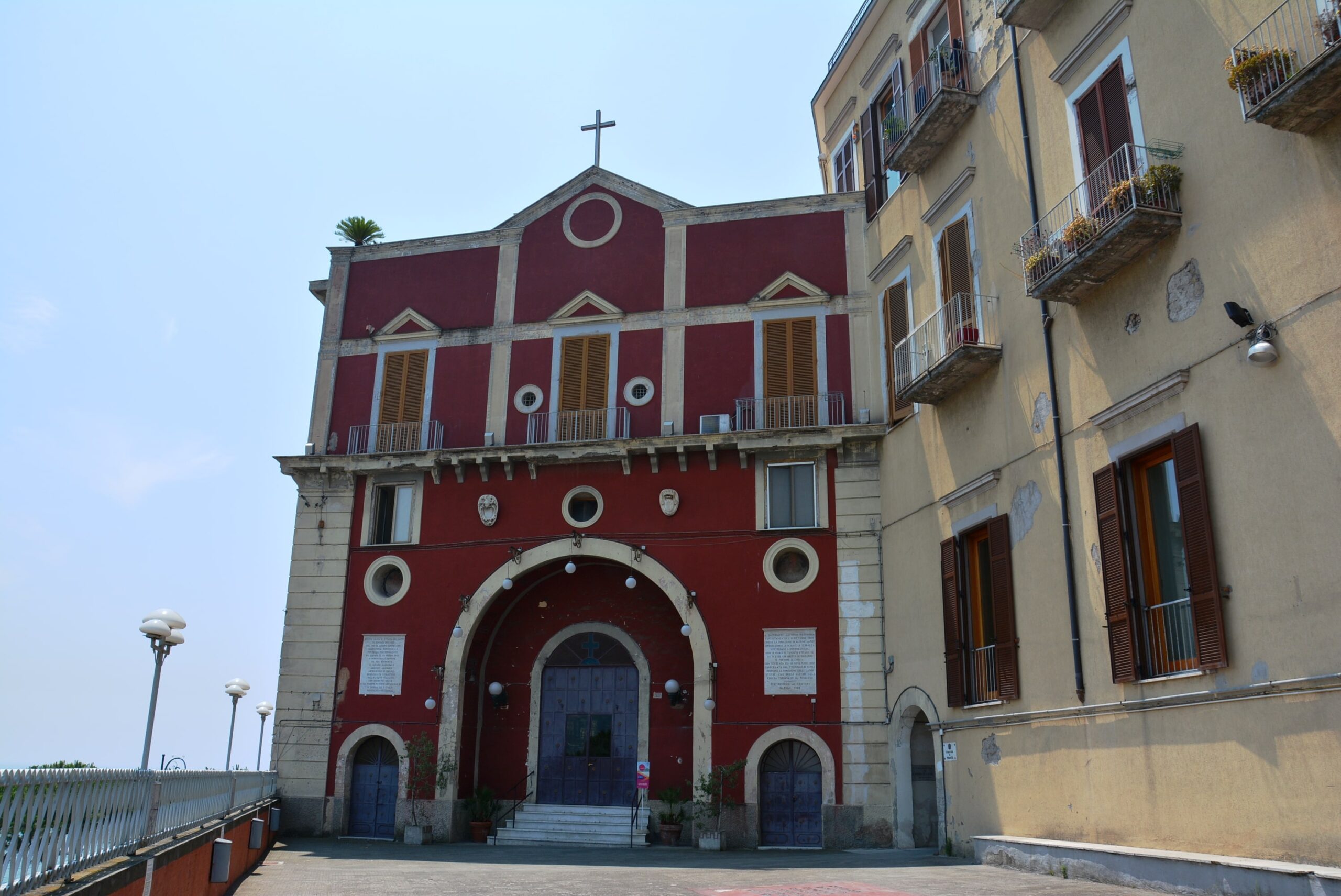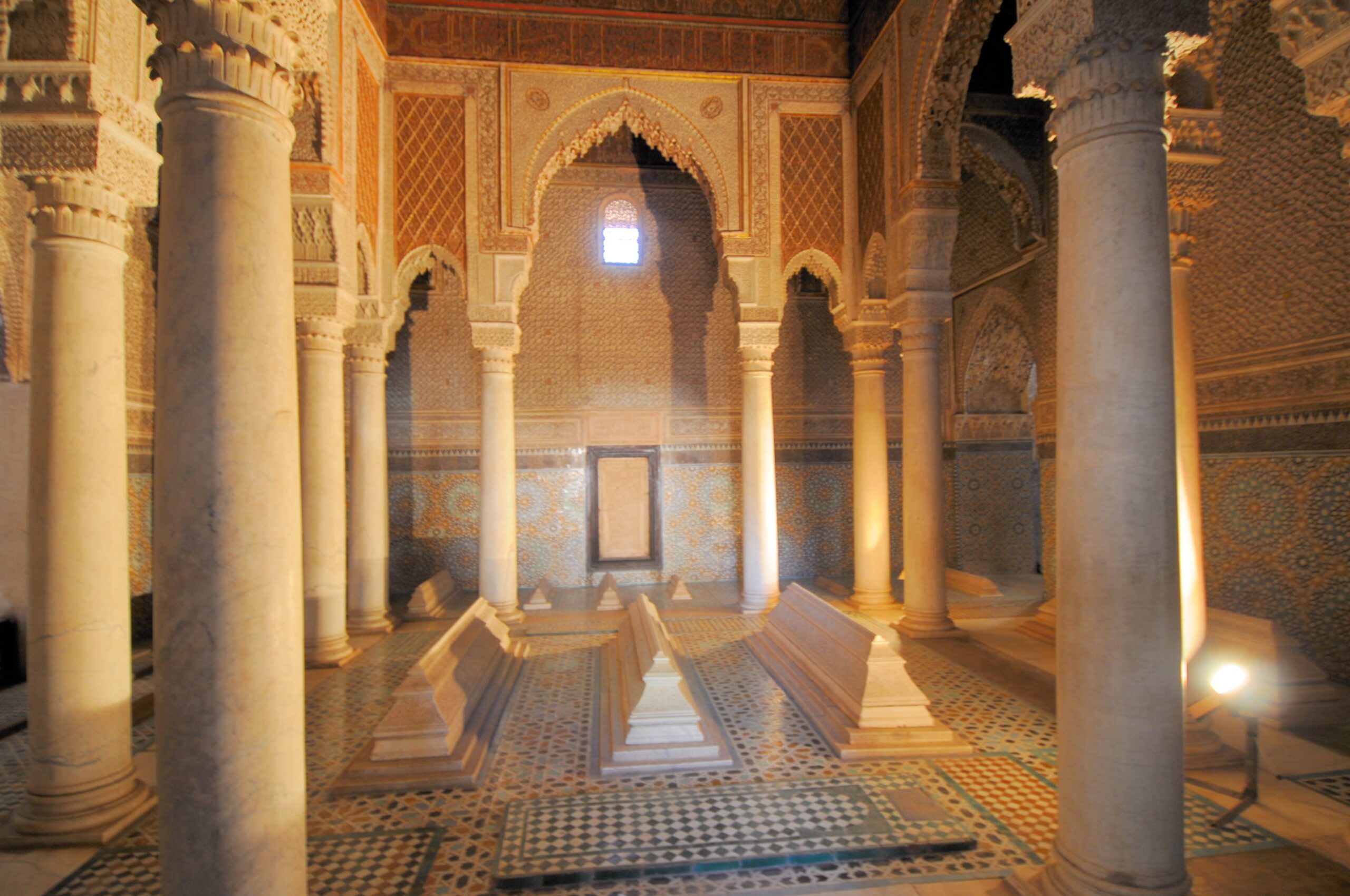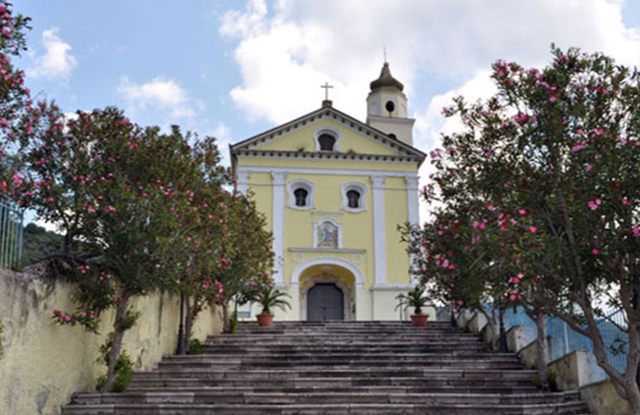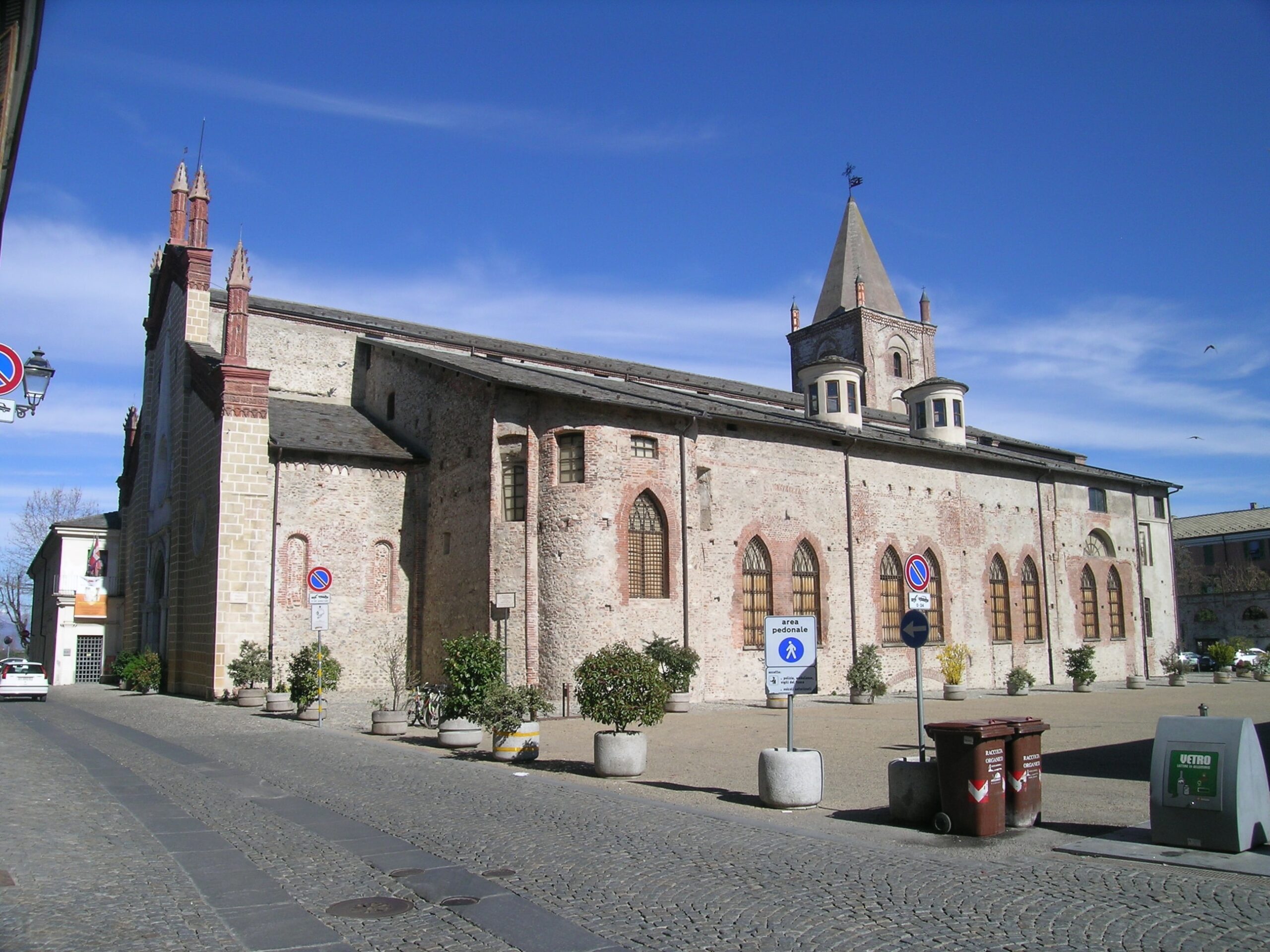Gdańsk’s most visible place of worship, St. Mary’s Basilica is believed to be the largest brick church in the world. The interior vault supports 37 windows, over 300 tombstones and 31 chapels. It can hold up to 25,000 people, which was useful during the period of martial law between 1981 and 1983 when members of the Solidarity movement sought refuge here. The church can be accessed through seven gates with intriguing names like the Purse Maker’s Door. Interestingly, the sculptor who carved the crucifix of Christ nailed his errant son-in-law to a cross so as to add realism to his work. St. Mary’s was seriously damaged during WWII and the original frescoes have since been whitewashed, which far from leaving an impression of stark emptiness bring out the best in the relics throughout and creating a marvellous feeling. Of note is the enormous astronomical clock dating from 1464. Its complex dials show the time and date, phases of the moon, the position of the moon and sun in relation to the zodiac signs, and the calendar of saints. Adam and Eve ring the bell on the hour. According to legend, the clock’s creator had his eyes gouged out so he’d never make a clock to better than this one. You’ll hear this story about every astronomical clock in Europe, and it makes you wonder why medieval clock-makers ever accepted commissions.
The 78-metre tower, which involves climbing 405 steps, houses a viewing platform with cracking views of Gdańsk Old Town.
